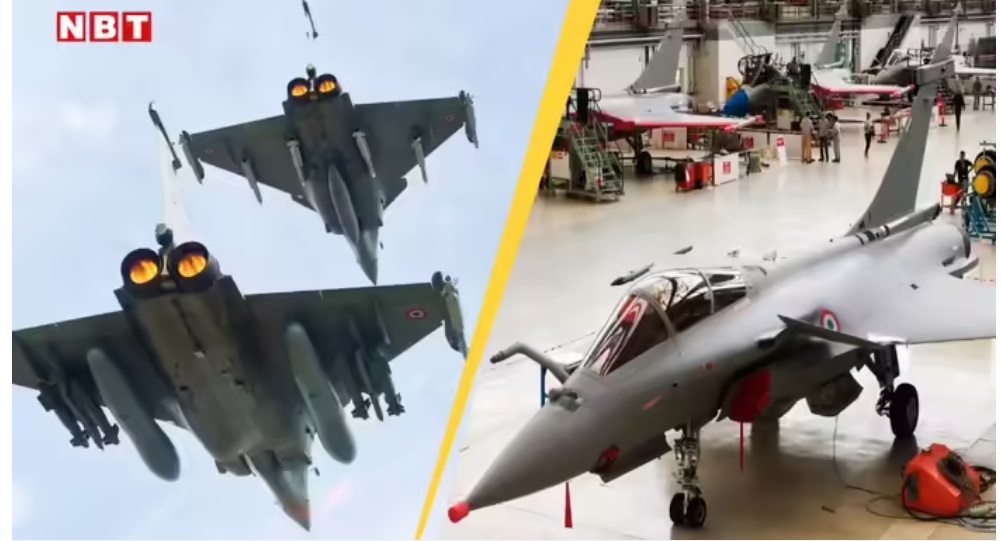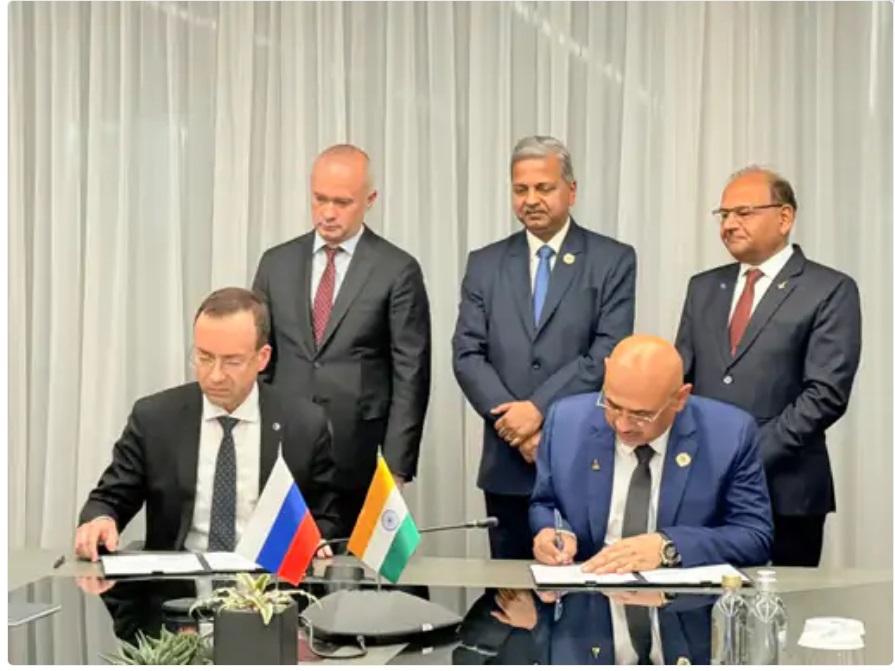India Eyes 30,000 Pilots to Power Economic Lift-Off
India’s growing civil aviation sector is on a collision course with a massive workforce shortage, as Union Civil Aviation Minister K Ram Mohan Naidu revealed India will need an additional 30,000 pilots to manage the expansion of the domestic fleet. The strict requirement stems from the pending orders placed by Indian carriers for about 1,700 new aircraft from manufacturers, for example, Boeing and Airbus. Speaking at the CII Partnership Summit, Naidu quantified the scale of the impending challenge. He explained that to operate a single commercial aircraft on a proper schedule, the industry requires between 10- 15 pilots. Multiplying this ratio across the 1,700 aircraft on order translates directly to a demand for about 25,000 to 30,000 new aviators in the near future, as these planes enter service. The minister highlighted the contrast between future demand and current capacity. India currently operates a fleet of approximately 834 commercial aircraft, with a total pilot strength of around 8,000. Crucially, Naidu pointed out that 2,000 to 3,000 of these licensed pilots are not actively flying, further worsening the immediate operational gap. The shortfall necessitates an urgent and significant overhaul of the country’s training infrastructure. Naidu focused that the existing ecosystem of Aviation Training Organizations is inadequate to meet this future demand, as they produce limited CPLs annually. He emphasized the importance of scaling the training ecosystem to guarantee that a lack of trained professionals does not deter the rapid growth of the market. The minister also stated that every job created in the aviation sector in India generates approximately 15 indirect jobs, making the push for pilot training a vital component of employment generation and financial growth. The government is looking to augment training capacity and is also considering a FedEx-style model of dedicated cargo airports to lift the air freight sector. Source: News 18






